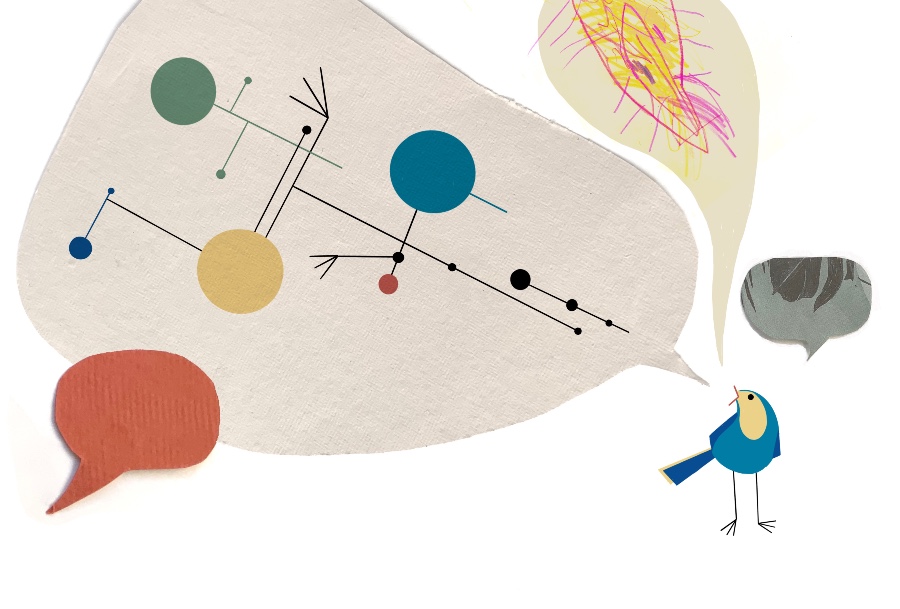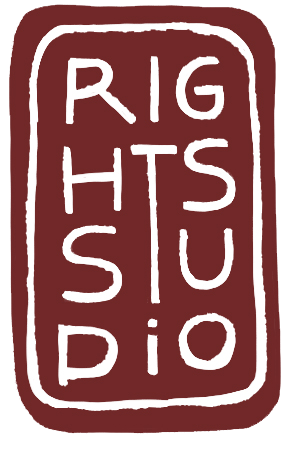
“The limits of my language means the limits of my world.”
― Ludwig Wittgenstein
Like life itself, language changes over time: it comes into being, evolves, develops, mutates, or goes extinct. It can liberate, it can imprison, it can include or exclude.
Some languages spread the world over, others are imposed by colonial powers, some fiercely resist change for conservative reasons. Others resist and survive despite efforts to erase them, like many Indigenous languages.
In its broadest sense, language, whether written, spoken or otherwise expressed, is part of human nature: how we communicate. And it is crucial for us to have language to be able to experience the world in communion with others. As David Whyte explains, referencing Wittgenstein, “you cannot enter a world for which you do not have the language.”
But language can also be felt and imagined. “You can inhabit language in a very different way and it can live in your body in ways in which it can open up different worlds to you,” Whyte says.
Even when we are able to use language to express ourselves verbally, there will be situations we face for which we may not have the words. We can think, for example, of the frustration children face before they are able to use words. But even into adulthood, we will face situations or feel emotions for which there are no words.
Much of our work in the human rights field, in fact, is – and will always be – about language and the negotiation of words. Since human rights are universal, the words we settle on to express them must somehow encompass – and relate to – many different traditions and experiences. However, since those negotiations are done in only a few languages, those who are not negotiating in their native languages will always be at a disadvantage.
While it’s partly a translation issue, it’s also an issue of norms and ideas and how these circulate. Gender, for example, is one very current issue for which many European languages are struggling to adapt, especially those languages with feminine and masculine endings.
In many Indigenous communities on the other hand, gender had always been fluid, and people were not concerned with gender identity, nor with defined roles associated with gender differences. In fact, language around queerness predates the global LGBT human rights framework which is often associated with sexual freedom.
As colonial powers appropriated Indigenous territories, they tried to control, repress and erase languages, but also Indigenous sexualities. In a paper on Indigenous sexualities and translation, Manuela L. Picq and Josi Tikuna, write that sexual diversity is the norm among Indigenous peoples. “The meanings of gender roles and sexual practices are cultural constructions that inevitably get lost when they are decontextualised in cultural (and linguistic) translation. … it is also that discussions of Indigenous sexualities in English risk being anachronistic and misrepresentative.”
In the ancient pre-colonial Zapotec language, for example, there was no difference when referring to male or female, there were words for people, animals and inanimate beings. It was the Spanish who brought and imposed the feminine and masculine genders.
Yet, Indigenous queerness is mostly invisible because it would be lost in translation and does not fit the LGBT or queer framework. “Indigenous sexualities resist translation as much as they resist erasure,” Manuela L. Picq and Josi Tikuna write.
There are ongoing discussions in different languages about how to adapt or change, some official, some within the creative fields. One example is artist and student Tristan Bartolini, who created a graphic mix of letters called “L’inclusif-ve,” by superimposing masculine and feminine endings in French, to create new signs that signify inclusiveness and, as he explains, “help people find their voice.”
Language contains traditions, and therefore history and memory. According to the United Nations, there are approximately 6,000 to 7,000 languages worldwide. Half of these are at risk of extinction, most being Indigenous languages.
And this is why the work to preserve languages is so important. As is often the case, we may not always need to look to new ideas to find solutions. Perhaps they already exist – in history, in memory, in traditions – if we are curious enough to look outside our own.
Words, Veronica Yates and illustration, Miriam Sugranyes
